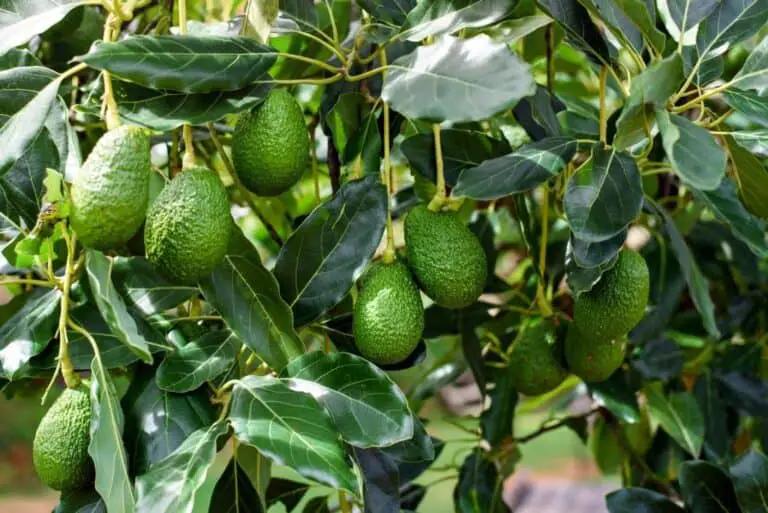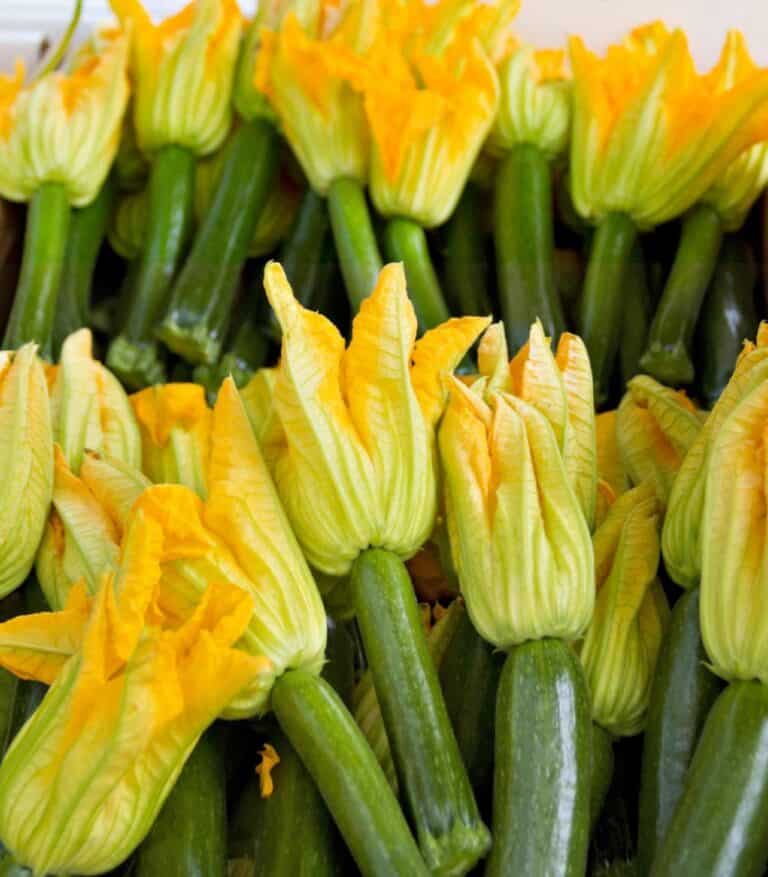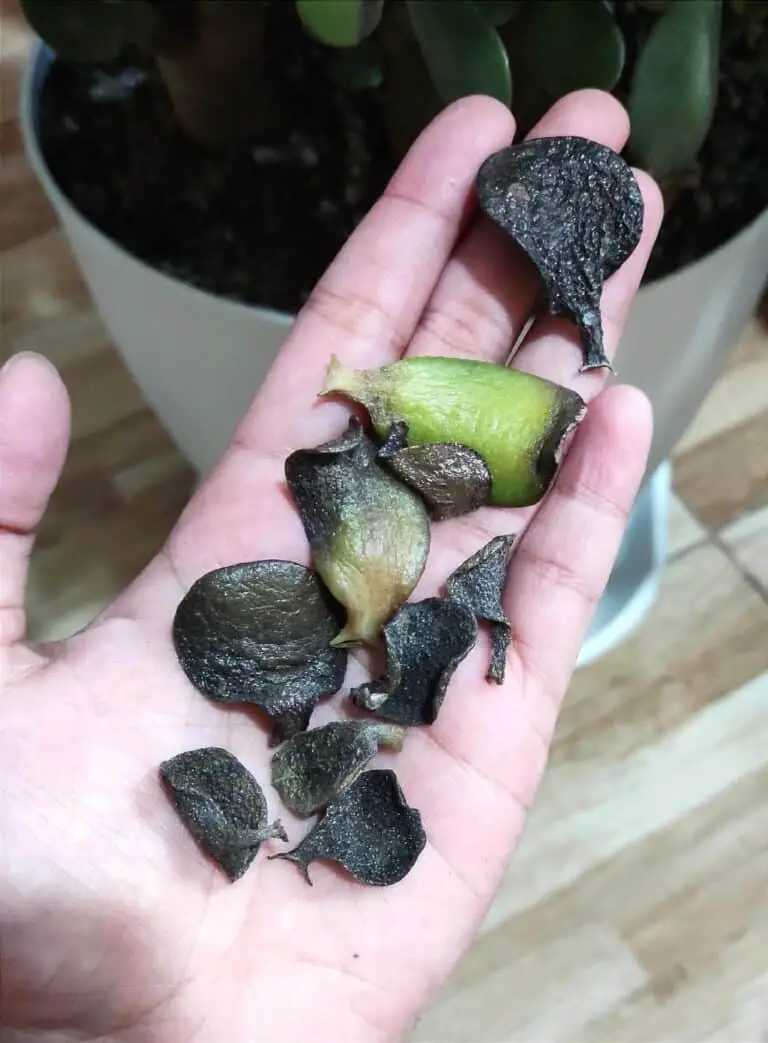Can You Leave Perennials in Pots Over Winter and Survive the Cold?
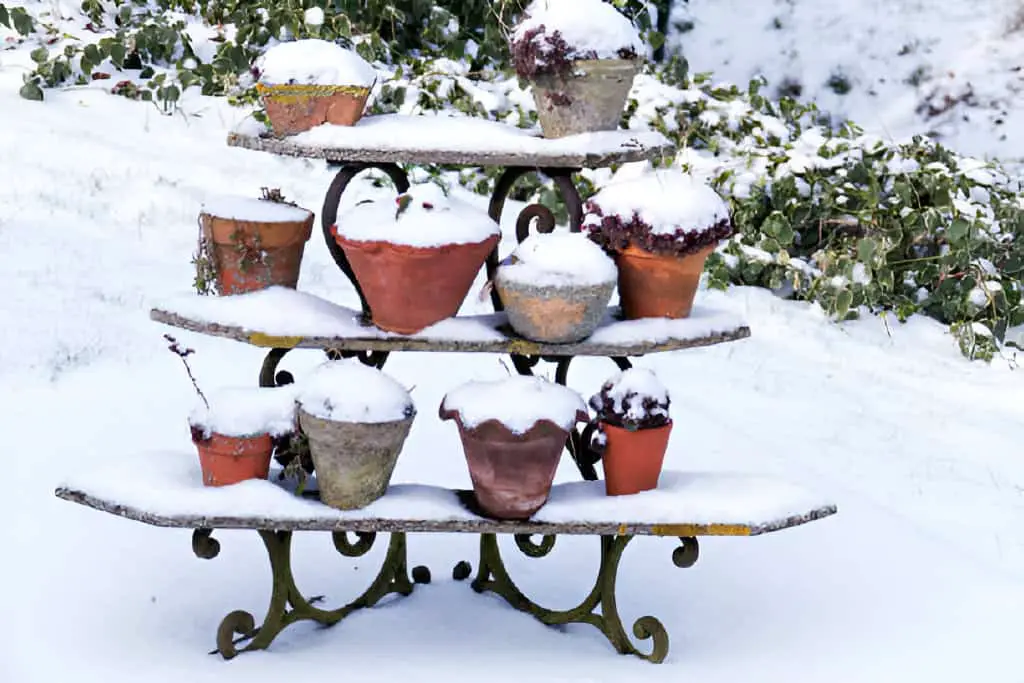
Gardening enthusiasts often wonder if their beloved perennials can survive the winter in pots. Leaving perennials in containers through harsh winters is appealing. It’s for those with limited garden space or for those who like to rearrange their gardens often.
So, can we leave perennials in pots over winter and have them survive the cold?
In this article, we’ll explore the factors that affect the survival of potted perennials in winter. We’ll also give tips on how to boost their chances of making it through the cold months. Understand your perennials’ needs. Learn how to care for them in winter. Then, you can enjoy their blooms year after year without replanting.
Understanding Perennials and Their Needs
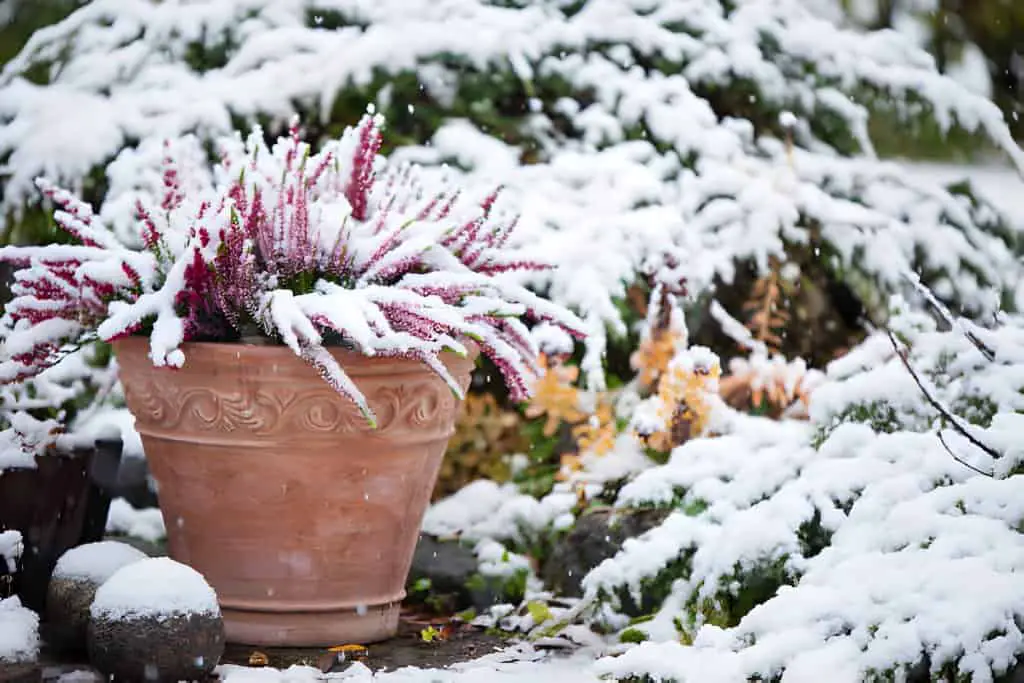
Perennials are plants that live for more than two years. Unlike annuals, which complete their life cycle in one season, perennials go dormant during the winter and come back to life in the spring. This trait makes them popular. Gardeners choose them to create lasting landscapes.
But, perennials’ ability to survive winter in pots depends on many factors. These include the type of plant, the local climate, and how well the plants are cared for.
The Impact of Climate
The climate plays a significant role in determining whether perennials can survive in pots over winter. In regions with mild winters, many perennials can remain outdoors without much extra care. However, in areas with severe cold, the situation becomes more challenging.
The soil in pots can freeze solid, which can damage or kill the roots of perennials. Additionally, the pots themselves can crack or break due to temperature fluctuations.
Hardiness Zones and Plant Selection
Choosing the right perennials for your climate zone is crucial. The USDA Plant Hardiness Zone Map is a useful tool for identifying which perennials are most likely to survive winter in your area.
Plants rated for one or two zones colder than your area are more likely to withstand winter in pots. For instance, if you live in Zone 6, selecting plants hardy to Zone 4 or 5 can increase the chances of survival.
Preparing Perennials for Winter in Pots
Proper preparation is key to helping perennials survive winter in containers. Here are some steps to ensure your plants make it through the cold months:
1. Choose the Right Containers
The type of container you use can significantly impact the survival of your perennials. Opt for large, sturdy pots that provide enough insulation for the roots. Materials like wood, fiberglass, or plastic are better insulators than terracotta, which can crack in freezing temperatures.
2. Insulate the Pots
Adding insulation can protect the roots from freezing. You can wrap the pots with bubble wrap, burlap, or even old blankets. Another good method is to put the pots in a larger container. Fill it with straw, leaves, or mulch for more insulation.
3. Proper Watering
While it’s essential not to overwater, perennials in pots still need moisture during the winter. The roots should not dry out completely. Water the pots during dry spells, but ensure the soil is well-drained to prevent waterlogging.
4. Grouping and Shelter
Grouping pots together can create a microclimate that offers some protection against the cold. Placing the pots against a wall or in a sheltered area can also help shield them from harsh winds and temperature fluctuations.
Specific Tips for Different Types of Perennials
Different perennials have varying levels of hardiness and specific needs. Here are some tips for common types of perennials:
Hardy Perennials
These are the tough plants that can handle the cold with minimal protection. Examples include:
- Hostas: Known for their resilience, hostas can survive cold winters with basic protection.
- Daylilies: Another hardy choice, daylilies can thrive in containers if properly insulated.
- Sedum: This succulent variety is excellent for winter survival due to its ability to store water and nutrients.
Tender Perennials
Tender perennials need more care and protection. Examples include:
- Geraniums: These need to be brought indoors or placed in a greenhouse.
- Fuchsias: Typically require indoor storage or a heavily insulated setup.
- Dahlias: Their tubers should be dug up and stored in a cool, dry place.
Evergreen Perennials
These plants keep their foliage year-round and may require more attention:
- Heuchera: Requires good drainage and insulation to prevent root rot.
- Lavender: Needs to be kept dry and insulated, especially at the roots.
- Thyme: Can be left in pots with proper insulation and protection from excessive moisture.
Creating a Winter Garden with Potted Perennials
Leaving perennials in pots over winter doesn’t mean your garden has to be devoid of life. With some planning, you can create a winter garden that remains visually appealing even during the cold months.
Choosing Winter-Hardy Plants
Select plants known for their winter interest. Evergreen perennials and those with attractive bark, berries, or seed heads can add color and texture to your winter garden.
Adding Decorative Elements
Add decorative elements. Use things like evergreen boughs, holiday lights, and colorful pots. They will brighten up the garden. These additions can create a festive and welcoming atmosphere.
Using Raised Beds and Shelves
Raised beds and shelves can keep pots off the ground, reducing the risk of waterlogging and providing better air circulation. This setup also makes it easier to insulate and protect multiple pots at once.
Common Challenges and Solutions
Frost Heave
Frost heave occurs when soil repeatedly freezes and thaws, causing the roots to be pushed out of the soil. To prevent this, ensure good drainage and use a thick layer of mulch around the pots.
Root Rot
Excessive moisture can lead to root rot, especially in tender perennials. Using well-drained soil and elevating the pots can help prevent this issue.
Pests and Diseases
Winter can bring pests like rodents seeking shelter. Regularly inspect your pots and remove any debris that could attract pests. Use natural deterrents like garlic spray to keep pests at bay.
Conclusion
Leaving perennials in pots over winter is feasible with the right preparation and care. Choose hardy plants. Insulate pots and water and protect them. This will help your perennials survive the cold and thrive in spring. Whether you have a small balcony garden or a sprawling yard. Knowing how to care for potted perennials in winter can keep your garden vibrant year-round.

